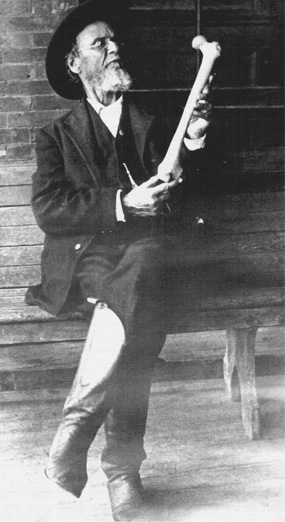What is osteopathy?
 For us, osteopathy is first and foremost a philosophy and a concept in which we work. The word 'osteopathy' is often juxtaposed with the word 'holistic'. Osteopathy is a holistic approach that tries to find in the patient what has been lost somewhere, namely health. The frequent description of osteopathy as a branch of unconventional medicine in Our View is misplaced
For us, osteopathy is first and foremost a philosophy and a concept in which we work. The word 'osteopathy' is often juxtaposed with the word 'holistic'. Osteopathy is a holistic approach that tries to find in the patient what has been lost somewhere, namely health. The frequent description of osteopathy as a branch of unconventional medicine in Our View is misplaced
The definition of unconventional medicine is methods and practices that are believed to cure, but are disproven, unproven harmful or impossible to prove. Osteopathy respects anatomy and physiology, osteopathic techniques have real effects on patients, and for those in doubt, there are hundreds of research materials proving osteopathy's capabilities.
THE FOUNDER OF OSTEOPATHY
The founder of osteopathy was Mr Andrew Taylor Still, who founded the first school of osteopathy in Kirksville in 1892. Still sought to understand the laws of nature and claimed that osteopathy offered an opportunity to know and understand them. To quote Still, ''Osteopathy is as old as the laws of nature laid down by God, osteopathy is a divine law, nothing of this law you can change, but osteopathy opens your eyes to these laws''.
Still also claimed that? An osteopath is only a human engineer, who should understand all the laws governing his engine and thereby master disease.
Therefore, one should not quite put osteopathy in the bag with unconventional medicine. The hard-headed osteopath can find health in the patient while respecting the laws of physiology.
The modern world of medicine tries to measure, weigh, count, extract various mathematical coefficients to clothe everything in sexless, dead statistics. All the processes and coefficients are calculated for us by computers and all sorts of expensive equipment just to give us a few digits that are supposed to determine the parameters of our health. Systemising and throwing us into rigid schemes of norms for the coefficients and parameters in force today has stripped the healing process down to an algorithm for dealing with specific conditions. Osteopathy as a philosophy does not try to shoot into a scheme and follow an algorithm of management. It relies primarily on 'observing the laws' of nature. It is the presence of the human factor, i.e., the therapist, that makes it possible to "put (the laws) into practice in order to restore health".
It is this subjective (human) observation that gives us the possibilities to guide the therapeutic process. Our senses are the best diagnostic tool in the process we follow together with the patient, the ability to see the "laws of nature" in the patient's body gives us the possibility to lead an effective process. This is why the human (therapeutic) factor is so important in the patient's healing process. In an osteopathic consulting room, the patient is no longer the disease entity M54.3 (sciatica) with a BMI of 32, RCB 4.42, ALT 35, AST 37 and CRP 3.2, but becomes a human being one out of 7.5 billion others for whom an adapted process must be carried out. Since he has come to our practice, he expects a different approach to himself than before and for HIM to be taken into account in the therapeutic process, not his results, MRI images, etc.




